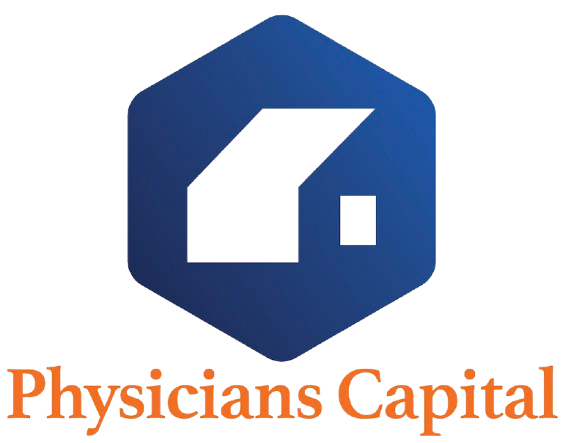Commercial property explorers are recognising early that medical office buildings differ profoundly from your average workspace. Unlike standard offices, these facilities demand tailored infrastructure, reinforced floors, medical gas installations, advanced HVAC systems with negative pressure capabilities, and ADA‑compliant layouts. While these customised build‑outs inflate upfront costs, they also discourage tenant churn: relocating a clinic is costly and operationally disruptive, making tenants more likely to sign 7–10‑year leases rather than renew every few years as in standard office buildings.
Beyond lease security, tenants in medical offices often present stronger financial anchors. Healthcare providers maintain service even during economic turbulence, medical appointments don’t recede in downturns. This resilience has been demonstrated time and again, most notably during the pandemic and subsequent market volatilities. Indeed, investors cite recession resistance and government-backed payment flows as key value cushions.
A broader demographic and structural shine also surrounds the opportunity. First, demographic trends, especially an ageing population, are fuelling long‑term demand. By 2050, one in five people in advanced economies will be over 65, increasing needs for outpatient clinics, senior‑focused care, and related facilities. Secondly, the shift from hospital‑centred care to outpatient hubs supports greater proliferation of medical‑office‑style facilities in suburban and mixed‑use environments. Patients increasingly expect their healthcare to be integrated into familiar shopping corridors, not tucked away behind hospital walls.
That trend has spurred a growing wave of institutional attention. As mainstream office and retail falter, half empty in some markets, and multifamily faces overbuilding risks, capital is flowing into medical office buildings, outpatient centres, life science hubs, and senior communities. For investors concerned with both yield and capital appreciation, healthcare‑related properties offer a compelling risk‑return profile.
Within the broader healthcare‑real‑estate domain, investors benefit from portfolio diversification. These assets have a low correlation with traditional commercial real estate, providing a buffer against cycles tied exclusively to hospitality or office sectors. Moreover, medical and life‑sciences campuses are increasingly viewed as essential infrastructure, integral to community health rather than discretionary real estate.
From an execution standpoint, entry options vary. Institutional investors may pursue direct ownership of medical office buildings or ground‑up development of ambulatory surgery centres or senior living communities. Others tap REITs or healthcare‑sector ETFs to capture exposure without deploying capital directly. Direct holdings typically yield stronger returns, 7–9% annually and rising property values, while passive vehicles offer diversification and liquidity.
But savvy investors understand that success here demands domain expertise. Healthcare facilities come with complexity—compliance protocols, specialty build‑outs, and integration with care networks. Differentiation comes through partnering with specialists: developers or asset managers who know how to design for clinical utility, align with hospital systems, negotiate long‑term provider leases, and manage operational risk.
Medical office real estate is a distinctly positioned asset: engineered for permanence, built for necessity, and shaped by demographics. For investors seeking stable, mission‑aligned income with structural growth, it represents a quietly powerful complement to traditional property holdings.
Physicians Capital are the only physicians-owned private real estate investment firm that allows doctors to reclaim ownership, generate passive income and build long-term wealth.




































